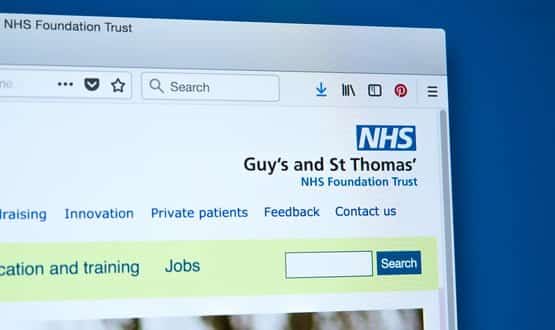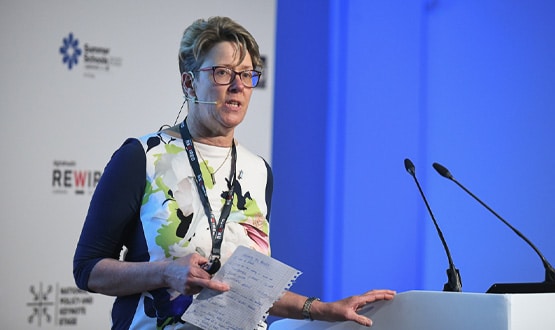Norfolk and Norwich offer robotic treatment for enlarged prostate
- 22 August 2023

The Norfolk and Norwich University Hospital’s urology team is offering a new, less invasive robotic treatment for men with enlarged prostates, joining Guy’s and St Thomas’, the Royal Berkshire and Basingstoke, and North Hampshire NHS Trust, who already offer the treatment.
Aquablation is a robotic procedure that uses a high-pressure saline solution to remove tissue from an enlarged prostate. When compared to the more common transurethral resection of the prostate (TURP) procedure, aquablation has fewer side effects for patients and benefits for surgeons.
Multiple trials have shown that the robotic procedure is able to preserve sexual function, reduced operating time and minimises bed stay time. While TURP can take 70-80 minutes to carry out, aquablation takes between 30-40 minutes. This speed means that some patients may not require an overnight stay, while others may only need one night’s stay improving bed capacity. The majority of patients will have their catheters removed the day after surgery, which is enhancing patient experiences.
It’s not the first technological innovation that Norfolk and Norwich has implemented that is helping to reduce the length of hospital stays. Earlier this year in February, it introduced new blood pressure monitoring technology for cytoreductive surgery, which has helped reduce hospital stays from 10 days to just six on average.
Utsav Reddy, urology consultant surgeon, at Norfolk and Norwich has been using the aquablation technology on his patients since April 2023. He said: “It is using robotic technology to do something we have been doing manually for years. So far around 20,000 of these robotic procedures have been carried out worldwide. Because it is heat-free there is no burning of tissue and the technology is incredibly accurate, removing only the tissue that needs to be removed.”
He added: “Because the procedure is faster, we can also carry out more operations in a day. There is a bit more setting up time needed, but overall, we can see more men in a day, possibly six or seven instead of four or five.”
Reddy was instrumental in bringing the service to Norfolk and Norwich hospital, working with his colleague Mark Rochester, consultant surgeon and service director for urology. Rochester said: “We see a large number of patients ranging from 50-95 years of age and they all have different priorities. For some it might be to be free of the catheter they have to have, for some it might be preserving sexual function.
“By being able to offer this treatment along with other similar treatments means we have greater patient choice. And, by seeing more patients per day, waiting times are reduced which is hugely impactful for someone who has been waiting with a catheter.”




